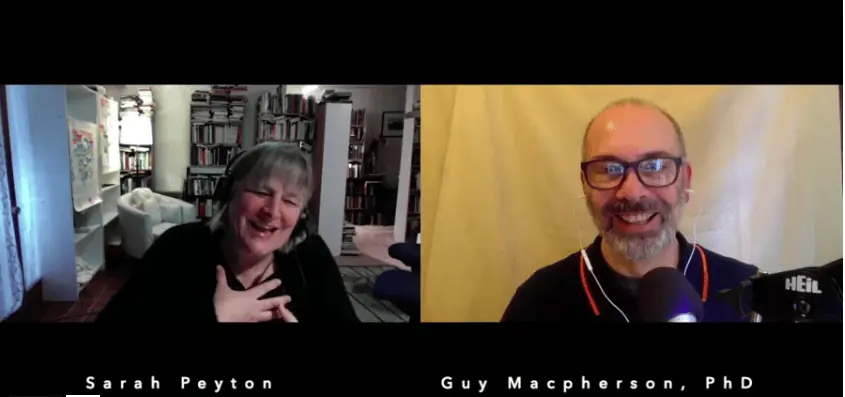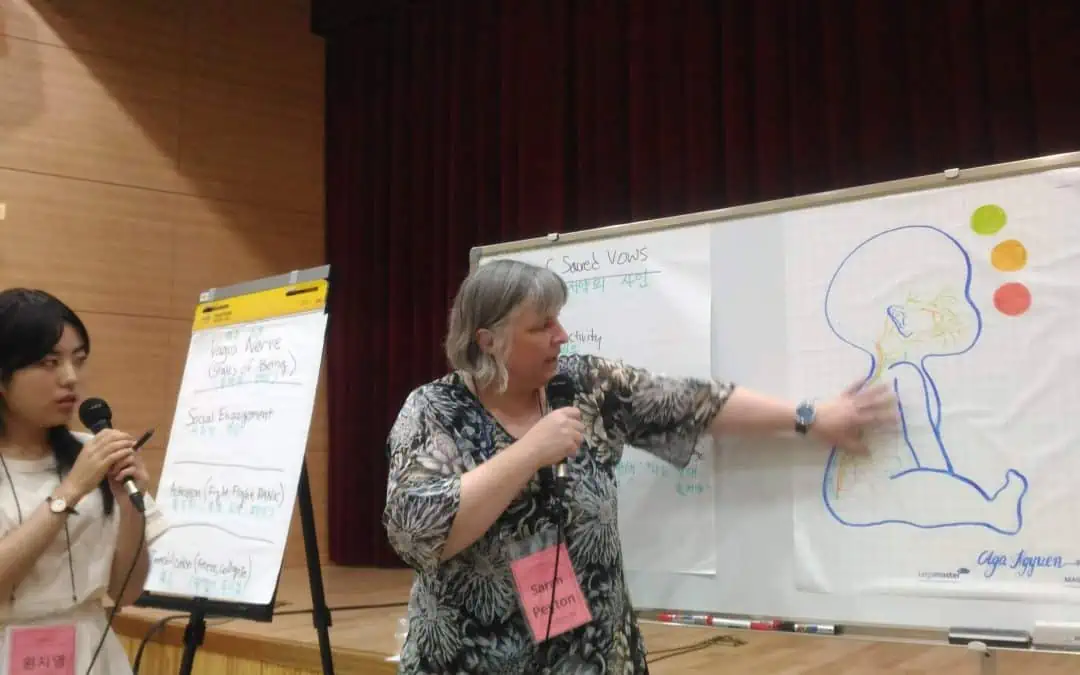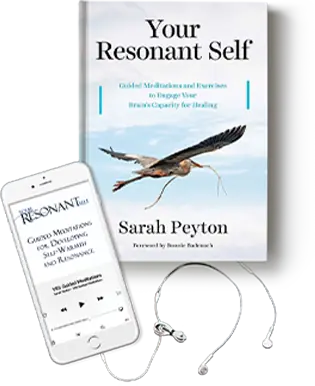Reassurance Doesn’t Heal Trauma, but Resonance Does (Part 1 of a Podcast Series)
This interview is the first of a three-part series with Guy MacPherson of the Trauma Therapist Podcast. (Listen to part 2 here, part 3 here).
The body is such a crucial point to use as a focal point when we’re healing from trauma. Our bodies tell us what memory is a part of the story of the current day body’s experience of the world, and certain memories that are too traumatic for integration are stored in a different part of the brain: the amygdala, which has no sense of time.
When we understand the the amygdala has no sense of time, and that emotional trauma is stored in the body, we can begin to have compassion for the ways in which our trauma from the past manifests in our present. And: this fact means that our trauma is always available to be worked with. Learn more in the interview below.
Emotional Trauma and the Brain, an Interview with Sarah Peyton
So, what’s the solution again?
Understanding the need for resonance and accompaniment is key to being with the hugeness of our pains, the aloneness of our childhoods, and the massive grief and overwhelm our bodies carry until we heal the fragmentation of the default mode network.
My book, Your Resonant Self explains the science of resonance and how we can heal and grow with resonant language. If you’re not a fan of reading, you can listen to the foundational concepts explained in my 16-week Book Study Series.
If you’re looking for something more brain-focused, and for a wide survey of the parts of brain that are implicated in trauma, you might like my 5-webinar learning collection, Intro to Your Brain, including awakening the insula (the part of the brain that brings the body’s voice to life); understanding the brain’s addiction and reward center, the Nucleus Accumbens, the prefrontal cortex and its role in self-compassion and resonance; the temporal lobe and its gifts, and the hippocampus and how it contributes to our well-being.







